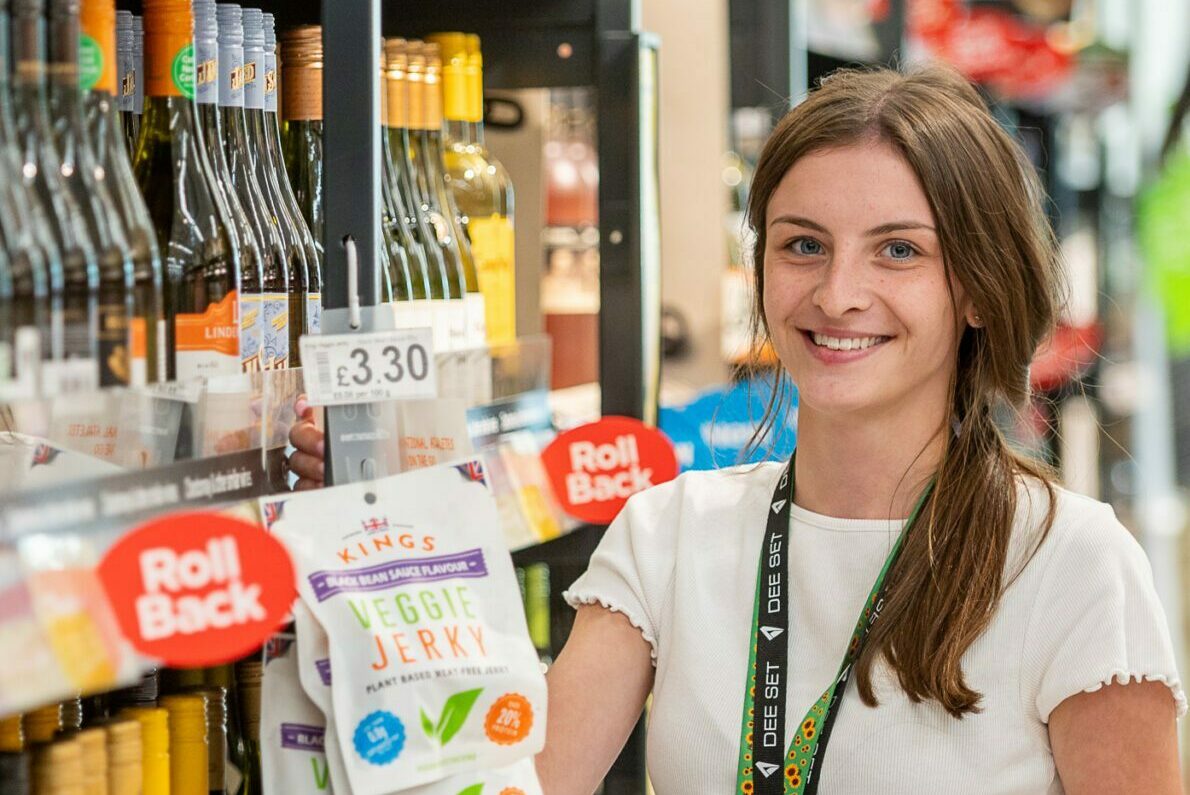
Measuring the effectiveness of promotional schemes in retail stores is one of the most important processes for any retailer looking to refine their promotional activity and identify opportunities to optimise these campaigns. But finding the right ways to measure the success of your retail promotions can be difficult, especially when you’re running multiple campaigns that could all be impacting consumer behaviour simultaneously. In this article, we’ll take a look at the key metrics to consider when you’re looking to measure and improve promotions in a retail store environment, as well as the best tactics to embed into your activity to boost sales and maximise conversions. Read on to learn more… Baseline conversion rate Before you start to compare sales relating to the promotions that you’re running, you need to have a baseline number for conversions outside of promotions. To record this, you can monitor sales vs footfall and work out the percentage of customers that chose to make a purchase for the range of products that you’re going to be running a promotion on. Once you have this number, this acts as your average conversion rate for the product range, giving you a starting point from which you’ll be able to compare results. Engaged conversion rate The engaged conversion rate is the percentage of consumers that choose to purchase the range of products during the promotional period. This number will show the change in buying activity whilst the products are at a discounted price. It’s important that you continue to look at conversions as a percentage of footfall rather than as raw sales figures, as your figures could be misleading if they aren’t consistent. Calculating the difference between baseline and engaged conversions The most important part of the measuring process is to compare the two pieces of data and measure the difference between the two. The difference in the numbers will show you the change in conversions for the same items when in and out of promotions, giving you a clear overview of whether your promotions are having the impact that you desire. With these figures in mind, you can then tweak your promotional activity to find the perfect recipe for success! 1. Discounts by percentage Percentage discounts are by far the most popular type of promotion used in a retail setting - from vouchers that apply to a full shop or a range of products subject to the same percentage discount, these discounts commonly lead to large increases in conversions in retail settings. Research has found that the most popular type of percentage discounts are those advertised as “storewide” promotions, where every item is included, as opposed to promotions relating to specific items or categories. 2. Set price discounts Another type of promotion that you could choose to implement in stores is a set price discount, which removes a set amount from the total transaction value regardless of the value of the sale. For example, a £5 off promotion will remove £5 from the cost of the shop no matter how much the customer has chosen to spend. Whilst this is an effective method for low-value purchases, it may seem to be an insignificant discount on larger purchases. For this reason, many retailers choose to stagger these types of promotions into brackets, such as the following: This gives the consumer a decision to make regarding how much they spend, but they are not limited to just one price bracket. In turn, this can often lead to customer spending excess amounts on their shop to achieve the discount in the next bracket up to what they intended to spend, enhancing the impact of other marketing materials such as FSDUs. 3. Buy One Get One Free BOGOF is an offer that many consumers are very familiar with - it’s a promotion that’s easy to understand with clear benefits, with every item resulting in another completely free. Buy one get one free is a promotion that retailers commonly utilise for end-of-line stock or seasonal items that are due to rotate, as it helps to move items from the shelves quickly whilst still ensuring that some of the cost is recovered even if it isn’t the full retail price. 4. Multi-buy savings Multi-buy savings are very popular in many retail store environments, especially in supermarkets, where shoppers are looking to get the most for their money. These promotions are very useful for shoppers who are looking for non-perishable or long-life items, which will remain fit for purpose for a longer time. Whilst these promotions can also be effective for perishable items such as food and drinks, consumers will be wary that unused items will increase waste and reduce the economical value of the promotion should the items end up unused. Here at Dee Set, we’re experts in maximising the impact of retail activity in stores - from promotional displays, availability checking and stocking strategies, we’ll look to give you all the insights you need to get the most out of your floor and shelf space. If you’re ready to start maximising the impact of your promotions, increasing sales, and driving higher revenue, get in touch with a member of the friendly team here at Dee Set! We’ll look to create a bespoke strategy that’s right for you, ensuring that we’re tackling your specific pain points with a specially tailored strategy - click here to head over to our case studies page to learn how we’ve helped our partnered retailers to boost the effectiveness of promotions. What are the key metrics to measure your campaigns with?
What types of retail promotion should you consider?
Working with Dee Set's retail experts